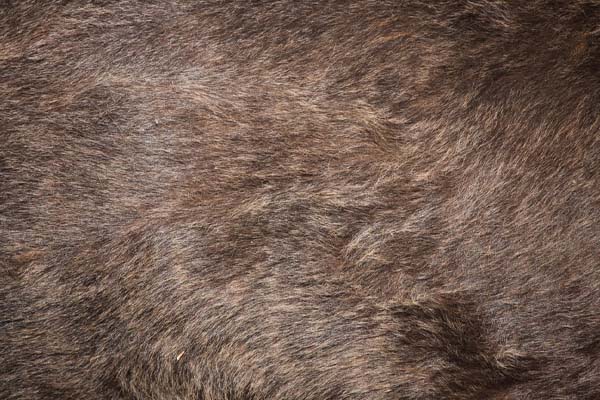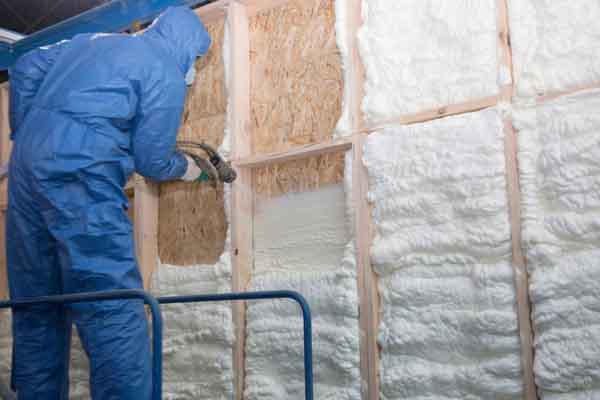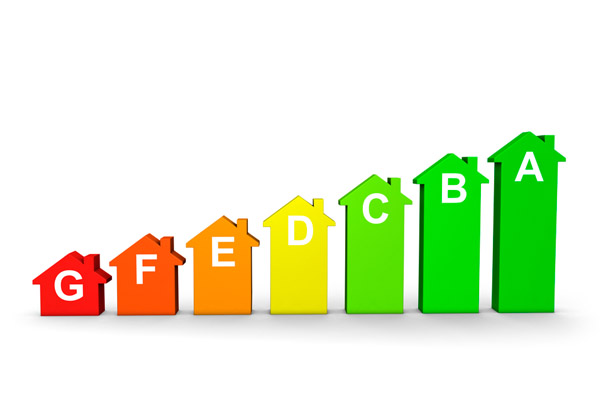Insulation Archaeology: A Look at Historical Methods of Home Insulation

Insulation is an important aspect of every home. It impacts energy efficiency, comfort, and savings. However, homes go through changes and renovations over time. This article delves into the significance of insulation in homes, explores the idea of uncovering past insulation practices, and discusses the purpose and scope of understanding the history of insulation to make informed decisions for our modern homes.
A Close Look At The History Of Insulation
Keep reading to explore how insulation has evolved through time.
Related Article: Does Spray Foam Damage Roof Shingles?
Ancient Home Insulation Techniques

Insulation was vital in shelter construction in early human history. Our ancestors sought ways to stay comfortable and protected from extreme weather conditions. Despite the lack of modern materials, ancient civilizations developed innovative insulation techniques that remain noteworthy today.
- Animal Skins and Furs: Early humans in colder regions used animal skins and furs to create insulating barriers within their homes. These materials provided both warmth and protection from the elements.
- Clay and Mud: Ancient inhabitants in arid regions used clay and mud to build thick walls to insulate homes. The dense material offers thermal resistance that helps regulate indoor temperatures.
- Straw and Hay: Straw and hay were common insulation materials in agricultural societies. They were used to fill gaps in walls and roofs. They help reduce heat transfer and provide rudimentary temperature control.
- Adobe Bricks: Ancient Egyptians and other cultures used Adobe bricks made from sun-dried mud mixed with straw. They acted as natural insulators that keep homes cool in hot climates.
- Seaweed and Kelp: Coastal civilizations like the Vikings used seaweed and kelp for insulation. These marine plants were abundant and offered decent thermal properties.
- Papyrus and Reed: Ancient Egyptians used papyrus and reeds to insulate their homes. These materials were lightweight. They helped maintain a comfortable indoor environment.
- Wool and Textiles: Early Greeks and Romans used wool and textile for insulation. They placed woven materials between walls to retain warmth. It created more pleasant living spaces.
Medieval Home Insulation
During the Middle Ages, keeping homes warm was a challenge. Insulation materials and technology were limited compared to modern times. The lack of advanced heating systems and insulation methods made winters harsh and uncomfortable.
Related Article: What Is A Hot Roof In Fort Collins Homes?
Challenges
- Limited Resources: Medieval homes were typically made of locally available materials. These houses often lacked insulating properties. Stone, wood, and thatch were commonly used. These materials offered little thermal resistance.
- Drafty Construction: Many medieval homes had uneven or poorly sealed walls and roofs. This allowed cold air to penetrate easily and heat to escape.
- Lack of Heating Systems: Centralized heating systems were virtually nonexistent. Fireplaces and hearths were the primary sources of warmth. These have limited coverage and are less efficient at distributing heat.
Related Article: Summer Cooling Tips For Every Fort Collins Homeowner
Techniques and Materials
- Tapestry and Hangings: One of the ways to insulate homes was to hang heavy tapestries and textiles on walls. These fabrics helped trap heat and reduce drafts. They also add a decorative touch to the interior.
- Thicker Walls: Medieval builders attempted to increase wall thickness to improve insulation. This approach provided marginal benefits but was limited by available building materials.
- Straw and Clay: Some homes used a mixture of straw and clay to fill gaps and crevices in walls. While not as effective as modern insulation, it offered a modest level of thermal resistance.
- Warm Clothing: Residents would wear layers of clothing. They used blankets and furs to keep warm indoors, compensating for the lack of efficient insulation.
- Cozy Nooks: Some medieval homes incorporate cozy nooks or sleeping alcoves closer to the fireplace. Occupants could enjoy slightly warmer conditions during the colder months.
Insulation During the Industrial Revolution
Significant advancements in technology and manufacturing profoundly impacted home insulation during the industrial revolution. The way homes were insulated and insulated underwent a transformative shift. The mass production of building materials like bricks, concrete, and glass allowed for the construction of more durable and well-insulated homes. Cast iron radiators and steam heat systems became popular heating methods.
The Industrial Revolution also brought about the production of mineral wool. It is a superior insulation material with improved thermal and fire resistance properties. As urban areas expanded due to industrialization, standardization of building practices led to more uniform and well-insulated structures.
Early 20th Century Insulation
The field of insulation during the early 20th century experienced a remarkable transformation with the rise of modern materials and groundbreaking inventions. Advancements in science and technology led to more effective and efficient insulation solutions. One of the most significant was the widespread use of fiberglass insulation (1930s). Fiberglass revolutionized home insulation. It provides better thermal resistance and fireproof properties.
Another notable invention was the expanded polystyrene (EPS) insulation (1940s). EPS offered excellent insulation performance. In 1959s, polyurethane foam insulation emerged. It provides superior insulation properties and versatility.
These modern materials improved energy efficiency, temperature regulation, and indoor comfort. The early 20th century saw insulation evolve from rudimentary techniques to sophisticated solutions shaping modern construction practices and contributing to sustainable living.
Related Article: Clearing Up Fallacies About Spray Foam Insulation
Modern Home Insulation

Modern home insulation has benefited from major advances in materials and techniques. Insulation materials have evolved to include eco-friendly options like cellulose insulation made from recycled paper and natural fibers such as wool and cotton. Innovative insulation technologies offer improved performance and versatility in various applications, like spray foam insulation and reflective insulation with radiant barriers. Vacuum insulation panels (VIPs) with high thermal resistance in thin profiles have also emerged. It is ideal for space-constrained areas.
Current best practices in insulation focus on creating a comprehensive thermal barrier by insulating walls, floors, roofs, and crawl spaces. This is known as building envelope insulation. Envelope insulation reduces heat loss and improves energy efficiency. Air sealing is prioritized to prevent drafts and improve the overall effectiveness of insulation. Regular energy audits and assessments help identify areas of improvement and ensure that insulation is tailored to meet the unique needs of each home.
Lessons Learned from Historical Methods

We gain insights into the effectiveness and limitations of various materials and techniques by studying how early civilizations tackled thermal comfort challenges. For instance, using clay and straw in ancient constructions emphasizes the importance of using locally available resources to create rudimentary but functional insulation barriers.
The role of innovation in innovation in insulation’s evolution is pivotal in meeting the demands of a modern, energy-conscious world. Drawing inspiration from historical practices, researchers and engineers have developed revolutionary insulation materials and technologies. Innovations like fiberglass, mineral wool, and spray foam demonstrate how technology has improved thermal performance, fire resistance, and environmental impact.
The synergy between historical knowledge and innovative approaches ensures that modern insulation practices are grounded in past wisdom while pushing the boundaries of performance and sustainability.
The Future of Home Insulation
The future of home insulation holds exciting possibilities as emerging trends in insulation technology pave the way for more efficient and sustainable solutions. Innovations in materials, such as aerogels and vacuum-insulated panels (VIPs), offer incredible thermal resistance with minimal thickness. This allows for space-saving and high-performance insulation. Smart insulation systems are on the rise. They incorporate sensors and controls to optimize energy usage and enhance comfort. These systems automatically adjust insulation levels based on real-time weather conditions and occupancy. They provide personalized and energy-efficient insulation solutions.
As environmental concerns drive the need for greener practices, insulation materials from recycled and renewable resources will be prominent. The focus on reducing carbon footprints will drive research into biodegradable and eco-friendly insulation options. Integrating net-zero energy and passive house designs will emphasize the importance of super-insulated building envelopes. This will guarantee that homes are highly energy-efficient and well-insulated.
Related Article: Injection Foam Insulation vs. Spray Foam Insulation: What’s the Difference?
Conclusion
Insulation methods have evolved from simple techniques using locally available resources to sophisticated solutions driven by modern technology and sustainability principles. Understanding historical insulation methods provides valuable lessons on effective materials, techniques, and cultural considerations. By drawing inspiration from the past and building on this knowledge, we can create the next generation of insulation solutions that prioritize energy efficiency, environmental sustainability, and human comfort.
Related Article: What Is Thermal Bridging In Colorado Homes?
Expert Insulation Services In Fort Collins, CO
If you are considering air sealing or upgrading your home’s insulation, it is best to seek professional guidance. However, not all professionals offer the same level of quality and pricing. Always make sure you work with the best professionals available in your area. Fortunately, residents of Fort Collins and nearby areas can turn to Ascend Construction for top-notch service.
At Ascend Construction, we specialize in insulation removal and installation, air sealing, energy conservation, energy audits, whole-house fan installations, and more. We’re confident that our service stands out from the rest.

For a free consultation with our experts, get in touch with Ascend Construction today. Our team can offer practical solutions to address any problem areas in your Fort Collins home. We guarantee affordable pricing and high-quality work. Click here to contact us, or call us using the button below. We offer free, no-obligation, in-home consultations.
Ascend Construction
301 S Howes St #1241
Fort Collins, CO, 80521
(970) 420-5495